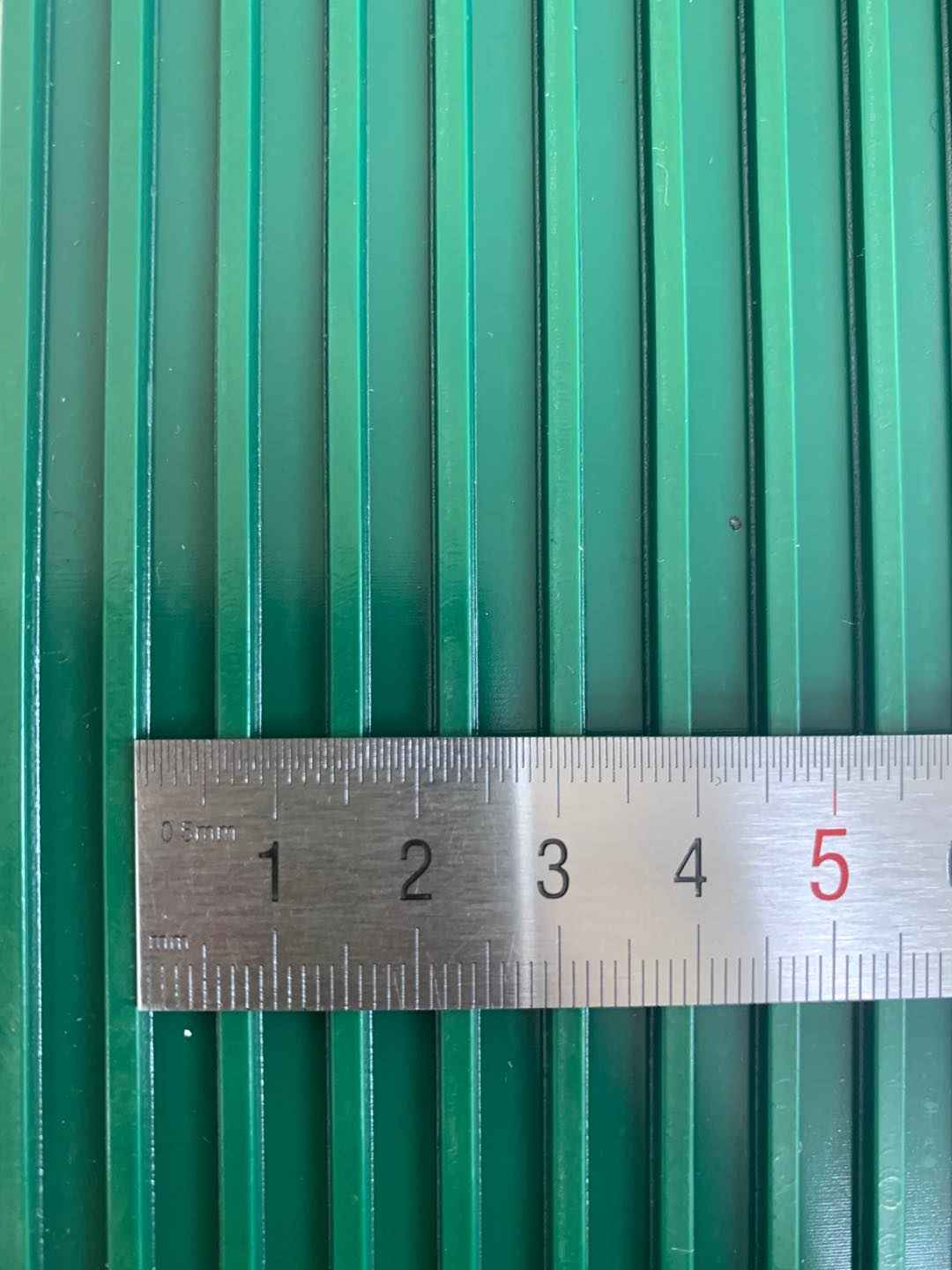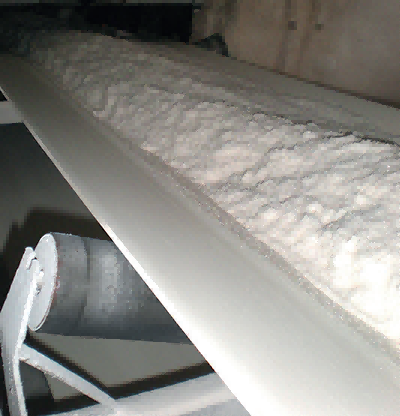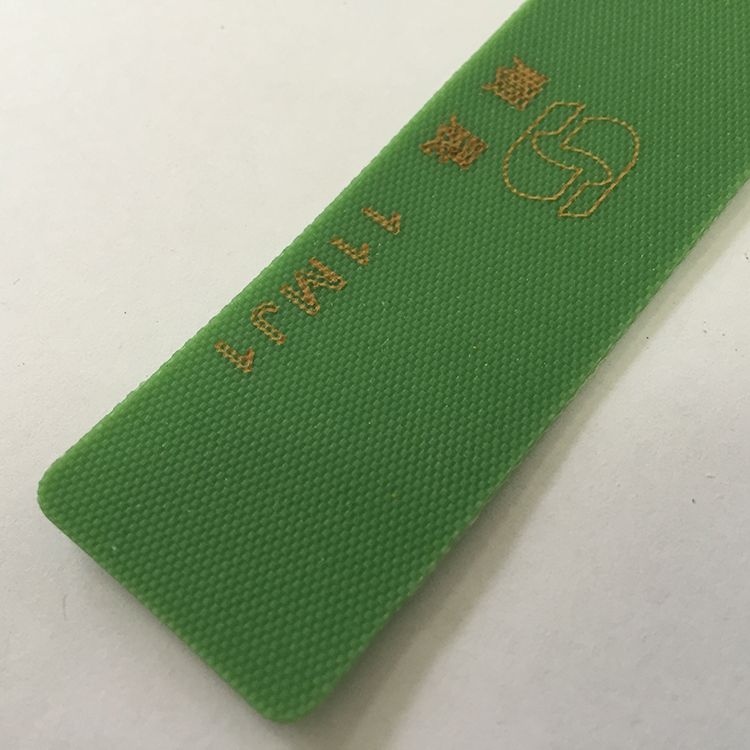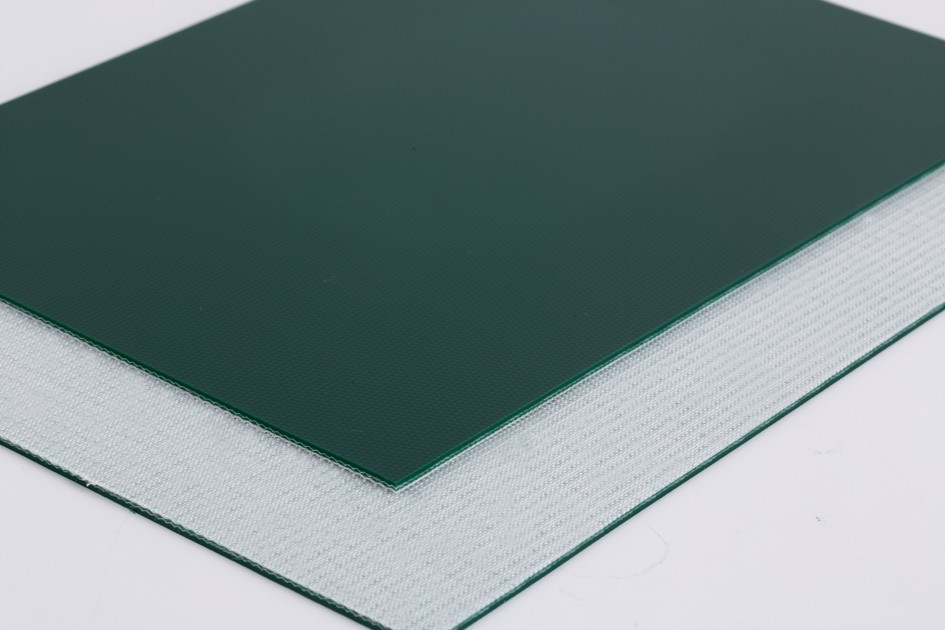Introduction
In the world of industrial material handling, TPU (thermoplastic polyurethane) conveyor belts have gained prominence due to their versatility, durability, and adaptability to various applications. Whether in the food industry, automotive sector, or logistics, TPU conveyor belts play a pivotal role in ensuring the efficient movement of goods. To maintain the quality and reliability of TPU conveyor belts, suppliers implement stringent quality control measures throughout the manufacturing process. This article delves into the various steps and methods employed by TPU conveyor belt suppliers to ensure the consistency and durability of their products.

Raw Material Inspection
The foundation of every high-quality TPU conveyor belt is the material from which it is made. Before the manufacturing process begins, TPU conveyor belt suppliers conduct rigorous inspections and testing of the raw TPU materials. This initial step is vital to ensuring that the TPU material meets the required specifications and adheres to quality standards.
Raw material inspection involves evaluating the quality and specifications of the TPU materials. This includes examining the TPU material for uniformity and consistency in terms of properties such as hardness, tensile strength, and chemical composition. The objective is to ensure that the TPU material is of high quality, meets industry standards, and forms a solid foundation for the conveyor belt’s construction.
Manufacturing Process Control
Once the raw TPU materials are deemed suitable for use, TPU conveyor belt suppliers meticulously control the manufacturing process to maintain product consistency. This entails monitoring and regulating the production environment, ensuring that machinery and equipment are appropriately calibrated and well-maintained, and adhering to established quality standards and industry best practices.
The manufacturing process itself includes several stages, such as compounding, calendering, and curing. Each of these stages requires stringent process control to ensure that the TPU conveyor belts are produced to the desired specifications. Skilled technicians and engineers are often tasked with overseeing these processes, and quality control checks are conducted at multiple points throughout production.
Dimensional and Visual Inspection
To maintain product consistency and reliability, TPU conveyor belts undergo meticulous dimensional and visual inspections. These inspections are essential to ensure that the belts meet the specified dimensions and exhibit a uniform appearance.
Measurement of belt width, thickness, and length is performed to confirm that the belts conform to the intended dimensions. In addition to dimensional checks, a visual inspection is conducted to identify surface defects, ensure color consistency, and assess the overall finishing quality of the conveyor belt. Any irregularities or defects are addressed and rectified before the product advances in the manufacturing process.
Tensile Strength and Elongation Testing
The tensile strength and elongation properties of TPU conveyor belts are critical factors in determining their durability and reliability. TPU conveyor belt suppliers conduct tests to assess these properties.
Tensile strength testing involves subjecting the belt to controlled forces to measure its ability to withstand tension. This test is essential to confirm that the conveyor belt can endure the stresses it will encounter during industrial applications.
Elongation testing measures the belt’s ability to stretch without breaking. This property is vital for understanding the belt’s flexibility and its capacity to withstand repetitive bending and flexing during operation.
Hardness Testing
Hardness is a key property of TPU conveyor belts, directly impacting their resistance to wear and abrasion. TPU conveyor belt suppliers perform hardness tests to determine the belt’s ability to withstand the rigors of material handling.
In hardness testing, a durometer is used to measure the belt’s hardness, often expressed in Shore hardness units. It is crucial to ensure that the belt’s hardness falls within specified limits to guarantee its longevity and performance in the demanding environments where conveyor belts are utilized.
Chemical Resistance Testing
Industrial environments often subject TPU conveyor belts to various chemicals and solvents, particularly in applications like food processing and chemical manufacturing. To maintain product reliability, these belts must demonstrate resistance to these chemicals.
TPU conveyor belt suppliers conduct chemical resistance testing to assess how TPU conveyor belts respond to different chemicals. This testing ensures that the TPU material is chemically stable and won’t degrade over time when exposed to specific substances, preserving the belt’s integrity and performance.
Temperature and UV Resistance Testing
Industrial environments can expose TPU conveyor belts to extreme conditions, such as high or low temperatures and UV radiation. TPU belts must withstand these conditions to maintain their reliability.
Temperature and UV resistance testing are conducted to evaluate how the conveyor belt performs under environmental stressors. These tests ensure that the belt can operate effectively in a range of temperatures and is not susceptible to UV-induced degradation, which could affect its performance and longevity.
Friction and Static Control Testing
The friction properties of TPU conveyor belts are essential for efficient material handling. TPU conveyor belt suppliers conduct friction tests to measure the belt’s friction coefficient, which is crucial in determining how the belt interacts with transported materials. Proper friction ensures smooth and reliable material transfer.
Static control is equally important, especially in applications where electrostatic discharge can be detrimental. Conductive TPU conveyor belts should pass static control tests to prevent electrical discharge, which can damage sensitive equipment or materials. TPU conveyor belt suppliers ensure that their belts meet static control standards to enhance reliability and safety in various industrial settings.
Belt Joint Testing
Conveyor belts are often endless loops, but in some cases, they require joints to form a continuous loop. The quality of these joints is crucial to the reliability of the conveyor system. TPU conveyor belt suppliers thoroughly inspect and test these joints to ensure they are strong and durable.
The testing of conveyor belt joints includes visual inspection, tensile strength testing, and flex testing. It is essential to verify that joints provide the necessary strength and reliability without causing disruptions in the conveyor system.
Quality Control Documentation
Maintaining detailed quality control documentation is a standard practice in high-quality TPU conveyor belt factories. Records are kept of all quality control tests and inspections throughout the manufacturing process. This documentation ensures transparency and traceability, enabling factories to track the quality and consistency of their products.
In the event of quality issues or customer inquiries, having comprehensive documentation allows factories to provide evidence of their quality control processes and demonstrate their commitment to product reliability.
Compliance with Industry Standards
High-quality TPU conveyor belt factories ensure that their products comply with relevant industry standards and regulations. Compliance is vital to meeting the quality and safety expectations of customers and regulatory bodies.
Whether it’s compliance with industry-specific standards such as ISO 22721 or adherence to safety regulations in particular industries, factories conduct regular assessments to confirm that their products meet these requirements. Compliance ensures that the conveyor belts are designed to perform reliably in specific applications and environments.
Continuous Improvement and Feedback Loop
Maintaining product consistency and reliability is an ongoing commitment for high-quality TPU conveyor belt factories. To achieve this, they establish processes for continuous improvement and create feedback loops for gathering information from customers and their own employees.
Strategies for continuous improvement may involve refining manufacturing processes, adopting new technologies, and enhancing quality control methods. Customer feedback, including performance data and observations, plays a crucial role in these improvement efforts. High-quality factories actively seek and value input from their customers to make necessary adjustments to their products and processes.
Conclusion
In the world of industrial material handling, the reliability and performance of TPU conveyor belts are paramount. High-quality TPU conveyor belt suppliers recognize this and prioritize stringent quality control measures throughout the manufacturing process. From the inspection of raw materials to final product testing, these suppliers invest in ensuring that their TPU conveyor belts meet the demands of a wide range of industrial applications.
By maintaining a commitment to quality and reliability, these suppliers not only produce high-quality conveyor belts but also build trust with their customers, ensuring the smooth and efficient movement of materials in various industries. High-quality TPU conveyor belt suppliers play a vital role in supporting the operations of businesses across the globe, promoting efficiency, reliability, and success in industrial applications.





